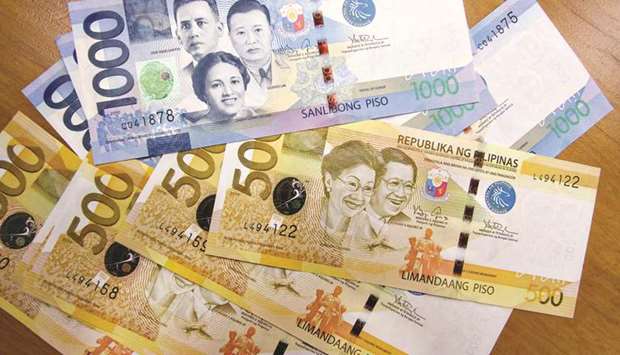But the Philippine peso has been left out of the party – ironically after it held up better than peers including Indonesia’s rupiah back in 2013. Unless things change, it’ll be a fifth straight year of declines for the peso, which is down 3.4% so far in 2017 versus a 7.9% rise for Thailand’s baht.
For now, that slide may be set to deepen as traders test the tolerance levels of Philippine policy makers, who have so far refrained from actions to prop up the exchange rate.
“The market appears to have turned to the view the Philippine authorities do not care about the PHP,” said Callum Henderson, managing director of global markets-APAC at Eurasia Group UL in Singapore. “In my view that is wrong, but recent statements may not be enough and the central bank may have to match words with deeds.”
It’s hard to make a concise case for why the peso is so forlorn, given the country’s growth trending above 6% the past half-decade. Currency analysts list a series of reasons: The current-account deficit is set to widen because of ambitious infrastructure plans; uncertainty over the passage of tax reforms that are winding their way through the legislature and political upheavals such as President Rodrigo Duterte’s war on drugs are harming sentiment.
“When you’re looking at other currencies in the region, it’s less appealing from that perspective,” said Stephen Innes, head of trading for Asia Pacific with Oanda, in an interview in Hong Kong on August 17. “You have the current account increasing, the waves of instability in the political landscape, and it just becomes the local whipping boy.” NatWest Markets, ANZ Banking Group and Goldman Sachs Group are among those who are bearish on the currency.
Philippine Finance Secretary Carlos Dominguez said last week that the peso’s slump is mainly due to a deteriorating trade outlook because of rising imports of capital goods, which is “normal for a country that is growing very fast.” On Thursday, GMA News reported that Economic Planning Secretary Ernesto Pernia had said an exchange rate of 52 to the dollar would be acceptable.
Bangko Sentral ng Pilipinas Governor Nestor Espenilla said on Friday that there will be no free fall for the currency as the economic fundamentals are strong. He told Bloomberg Television’s Regina Lay that the market may have overreacted to the outlook for the current account deficit.
The peso has become an obvious target for selling as tensions have risen, Innes said – not only domestically but more widely with international concerns such as North Korea’s nuclear saber-rattling. There are no signs that the central bank plans to intervene to stem the currency’s losses. “It’s still too early to say,” Ben Luk, global macro strategist with State Street Global Markets, said in a phone interview. “I expect them to be at a plateau level right now.”
Jonathan Ravelas, chief market strategist at Banco de Oro Unibank, sees no need for the central bank to intervene heavily. Fluctuations have been limited and the peso is bound to recover given that the economic fundamentals remain generally sound, he said.
“Once the tax reform comes in and more infrastructure is built we may see the peso recover,” Ravelas added. “This is like the darkest hour just before dawn.” Gross international reserves have fallen over the past year, with the central bank blaming the decline on foreign exchange operations and the national government’s payment of maturing obligations. Traders say the monetary authority’s presence in the spot foreign exchange market is meant to smooth out fluctuations rather than reverse the currency’s direction.
“It’s always been geared toward managing foreign exchange volatility and controlling irrational movements,” said Steven Michael Reyes, senior vice president at Rizal Commercial Banking Corp in Manila. “There’s no indication that strategy would change.”



